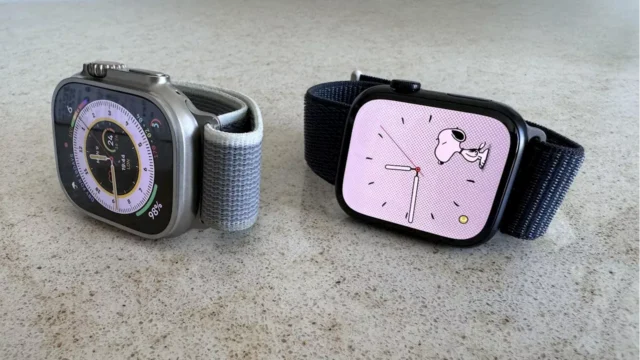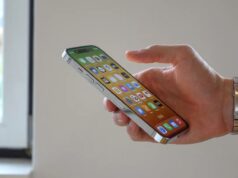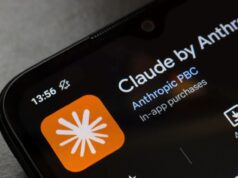
In the ever-evolving landscape of smartwatches, Apple’s Watch Ultra 2 has stirred significant attention with its sophisticated features and, notably, a controversial feature that has been the subject of litigation and technological debate. The blood oxygen sensor functionality, central to the dispute with Masimo, a medical technology company, underscores the complexities of integrating advanced health monitoring technologies into consumer electronics.
Key Highlights:
- Legal Battle: Apple faced a legal challenge from Masimo, accusing Apple of infringing on patents related to blood oxygen monitoring technology.
- Temporary Relief: A U.S. appeals court provided Apple temporary relief by pausing a government commission’s import ban on the Apple Watch Series 9 and Ultra 2, allowing sales to resume.
- Controversial Feature: The dispute centers around the blood oxygen sensor functionality, a feature pivotal to Apple’s health monitoring offerings.
- Market Impact: Despite the legal tussle, Apple resumed sales, emphasizing the importance of the feature to its customers and its product lineup.
- Future Implications: The outcome of this legal and technological standoff could influence future developments in health wearables and Apple’s strategy in incorporating such features.
The Controversy Explained
Apple’s Watch Ultra 2, alongside the Series 9, became embroiled in a patent dispute with Masimo, leading to a temporary import ban over the blood oxygen monitoring feature. This legal skirmish underscores the challenges of innovating in a space where medical technology meets consumer electronics. Apple’s attempt to halt the ban reflects the critical nature of this feature to its product’s value proposition and its broader ambitions in health technology.
Legal and Market Dynamics
The U.S. appeals court’s decision to pause the import ban marks a significant moment in the ongoing battle between Apple and Masimo. The court’s intervention allowed Apple to resume sales of its flagship smartwatches, including the controversial feature, in a move celebrated by the company and its customers. However, the litigation with Masimo points to larger questions about patent rights, innovation, and the intersection of health technology and consumer electronics.
As Apple and Masimo continue their legal tussle, the future of the blood oxygen monitoring feature in Apple’s watches remains uncertain. The case highlights the complex web of innovation, competition, and regulation that technology companies navigate as they introduce advanced health monitoring features into their devices. The resolution of this dispute could set precedents for how similar challenges are approached in the future, impacting the development and integration of health technologies in consumer products.










